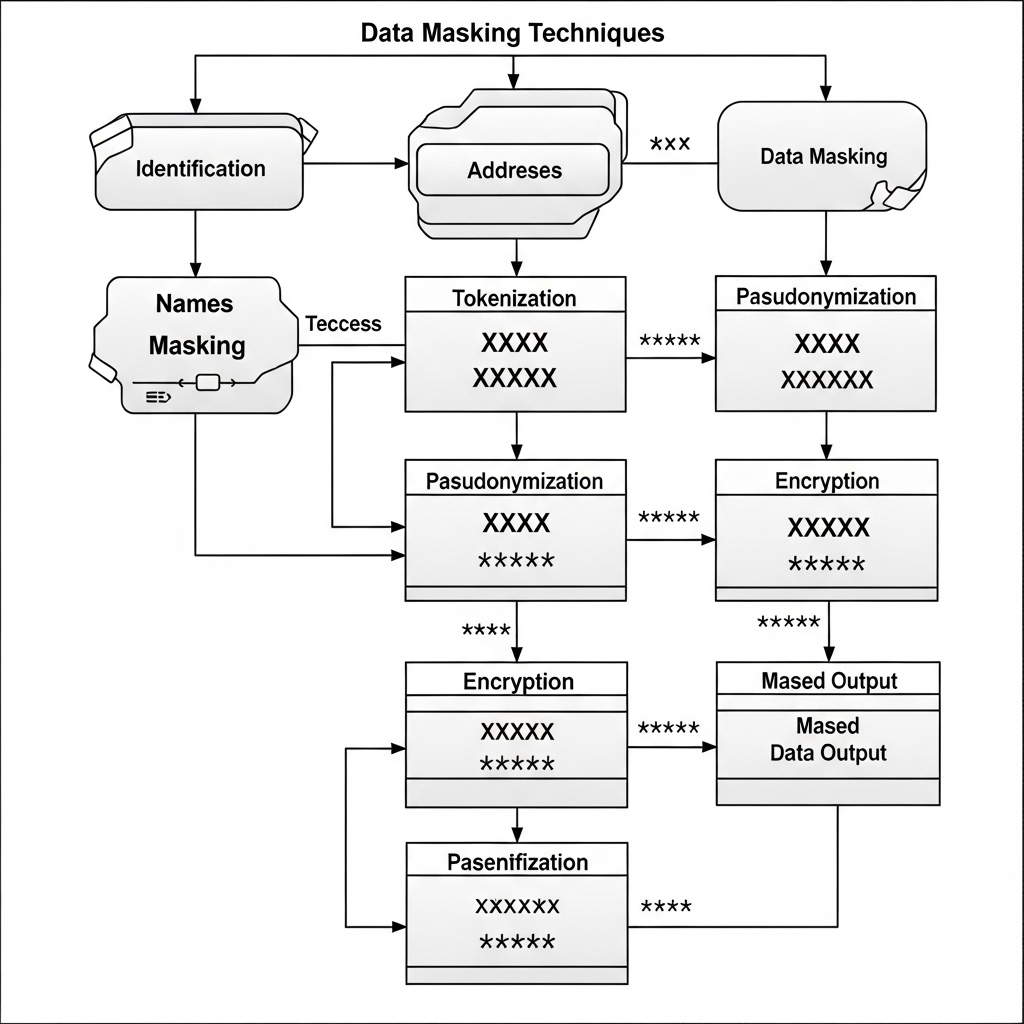Learn what is obfuscating, why it matters for code and data security, and how it helps prevent reverse engineering in modern software development.
Understanding the Concept of Obfuscation
Obfuscation is the process of deliberately making something unclear or difficult to understand. In the world of software development and data security, this typically involves altering code, data, or scripts so that they are hard to interpret by humans or reverse engineering tools. The goal is not to change how the system operates but to enhance its security and resilience against unauthorized access or tampering.
The Dual Purpose of Obfuscation
Obfuscating code or data serves two primary goals. The first is protection against reverse engineering, where malicious actors try to extract business logic or algorithms. The second is minimizing the risk of intellectual property theft, which helps developers maintain a competitive advantage in the digital landscape.
What Is Obfuscating in Coding and Programming
How Code Obfuscation Works
When applied to software, code obfuscation transforms the source code into a version that is functionally identical but significantly harder to read and understand. This is typically done by renaming variables into meaningless names, removing comments, and rewriting logic in more complex ways. For example, a variable named userAge might become xZ1b, and an if statement might be converted into nested ternary operators to obscure its intent.
Different Types of Code Obfuscation Techniques
There are several methods used to obfuscate code. Lexical obfuscation involves renaming variables and functions to obscure their meaning. Control flow obfuscation rearranges logical sequences into confusing or misleading structures. Data obfuscation disguises hardcoded values or strings. Additionally, developers use packing and encryption to embed the code in encoded wrappers, making analysis even more complicated. Each method is chosen based on the level of security required and the expected threats.
What Is Obfuscating When Applied to Data
Obfuscating Sensitive Information
Data obfuscation involves altering real data to protect sensitive information, such as personal identities, credentials, or financial details. In many cases, this is done through masking, tokenization, or substitution. While the data still behaves as expected in system operations, the actual content is scrambled or replaced with randomized values.
Why Data Obfuscation Is Crucial
Data obfuscation is essential for compliance with privacy regulations and preventing data breaches. In test environments or cloud applications, exposing real data can be a critical vulnerability. Obfuscation ensures that developers and analysts can work with realistic data sets without compromising sensitive user information. This practice enhances operational security while maintaining functionality.

Obfuscation vs Encryption: Key Differences
Comparing Obfuscation and Encryption
While both aim to protect information, obfuscation, and encryption are fundamentally different. Encryption transforms data using a cryptographic key, and without that key, the original content is unreadable. Obfuscation, however, does not rely on secret keys. It’s about confusing the structure or logic, not making it mathematically undecipherable. Obfuscated code can be reversed with enough time and effort, whereas encrypted content is nearly impossible to break without the correct decryption key.
When to Use Obfuscation Instead of Encryption
Obfuscation is best used when encryption is either unnecessary or too performance-intensive. For instance, protecting front-end JavaScript from being copied, hiding proprietary algorithms in compiled applications, or anonymizing data for testing purposes are all better suited to obfuscation rather than encryption. However, they can also be used together to enhance security layers.
What Is Obfuscating in Web and Mobile Applications
Obfuscating JavaScript and Mobile Code
In web development, JavaScript obfuscation is standard to prevent attackers from understanding or altering the behavior of scripts. Web apps often expose code to the browser, making them vulnerable to tampering. Similarly, mobile apps written in Java or Kotlin can be decompiled if they are not protected. Obfuscation tools, such as ProGuard or R8 for Android, are frequently used to make reverse engineering extremely difficult.
The Impact of Obfuscation on Performance and Maintenance
While obfuscation is a strong defensive mechanism, it can complicate debugging and maintenance. Developers working on the same project must rely on the unobfuscated version to make changes. Additionally, poorly implemented obfuscation may increase code size or slow down execution, particularly on mobile devices. For this reason, balanced and strategic use of obfuscation is recommended.
The Role of Obfuscation in Cybersecurity
Obfuscation as a Security Layer
Obfuscation adds a layer of difficulty for attackers. It doesn’t replace firewalls, antivirus, or encryption, but it complements them by making systems harder to analyze. Many malware detection systems use pattern matching to identify threats, and obfuscated malicious code can bypass such defenses. This is why some cybercriminals also use obfuscation, although it is often employed for unethical purposes.
Preventing Reverse Engineering and Code Theft
One of the most valuable uses of obfuscation is to prevent reverse engineering. Competitors or hackers may attempt to decompile software to understand its internal workings or extract key functions. Through obfuscation, critical logic becomes hard to follow, and attempts to reconstruct the original logic take significantly more time and resources, deterring all but the most determined attackers.

What Is Obfuscating in the Context of Compliance and Legal Concerns
Regulatory Importance of Data Obfuscation
In industries such as healthcare, finance, or legal services, data obfuscation helps meet regulatory standards. Frameworks like HIPAA, GDPR, and PCI-DSS require data masking in non-production environments or when working with third-party vendors. Failing to obfuscate data can result in compliance violations and steep penalties, making this practice not only a security measure but also a legal necessity.
Ethical Use of Obfuscation
While obfuscation can be used to hide malicious intent, ethical use is defined by transparency and compliance. Ethical developers utilize obfuscation to safeguard users, protect intellectual property, and maintain secure operational environments. Maintaining audit trails, version control, and proper documentation of the original code helps strike a balance between security and transparency.
Choosing the Right Obfuscation Strategy
Selecting Tools and Techniques
Choosing the proper obfuscation method depends on what you’re trying to protect. For client-side applications, JavaScript and CSS obfuscators are ideal. For backend or compiled applications, tools for .NET, Java, or native binaries offer stronger protection. Evaluate tools based on their depth of transformation, compatibility, and ease of integration into your build process.
Obfuscation Best Practices
To maximize the effectiveness of obfuscation, apply it only where necessary to reduce debugging complexity. Combine it with other security practices, such as code signing, encryption, and access control. Avoid relying on obfuscation alone for protection. Maintain clean documentation of original source code to avoid internal confusion and improve team collaboration.
Conclusion: Why Understanding What Is Obfuscating Can Strengthen Your Security Posture
Understanding what is obfuscating gives you a powerful tool in the battle for digital security. Whether you’re protecting software from reverse engineering or safeguarding sensitive data from exposure, obfuscation enhances your defensive layers without altering functionality. It complements encryption, fortifies intellectual property, and enables compliance with critical privacy regulations. When implemented strategically, obfuscation offers a low-cost, high-impact security technique that any modern organization should consider. If you value the integrity of your applications and data, now is the time to adopt obfuscation practices tailored to your specific security needs.













